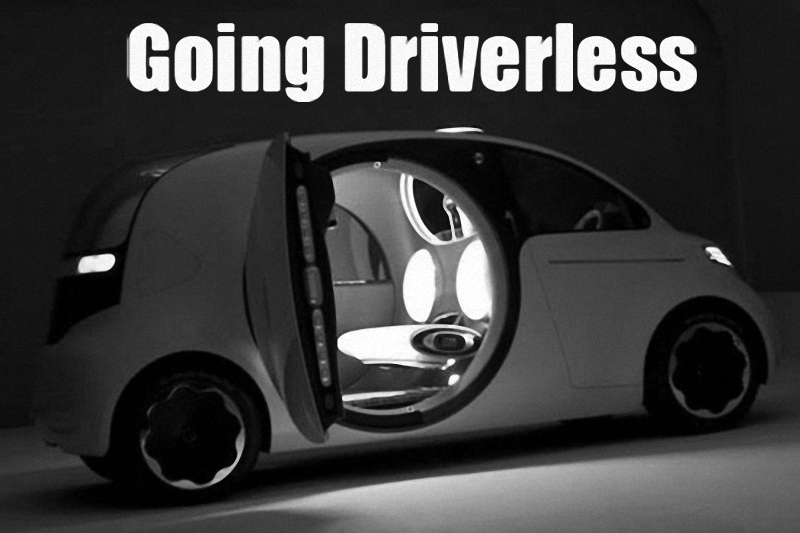
Google is the most conspicuous developer of autonomous vehicles, but it is hardly alone in pursuing this venture. Most automakers are competing to introduce their own driverless cars to the public, and are doing so piecemeal, system by system. The components of the upcoming driverless car are being introduced into current models as ever more elaborate mechanisms to aid the driver, such as self-parking features and automated collision avoidance systems. Recently, a group of researchers at Oxford University developed a self-driving system which can be installed in existing manually driven vehicles, and whose cost is hoped to fall as low as 150 dollars within a matter of years.
Driverless cars will make it less “costly” for people to travel a given geographic distance, partly because they will be free to engage in other activities while travelling, but primarily because of reductions in travel time. Unlike human drivers, autonomous vehicles will follow optimal routes given real-time traffic conditions without fail. More crucially, as soon as suitable roads such as freeways (or lanes thereof) are declared off limits to manual driving, driverless cars will travel – safely – at much higher speeds than we do today. Gains in efficiency will follow from coordinated traffic management protocols, too. Once vehicles communicate with each other traffic through intersections and merges will flow much more smoothly than permitted by today’s traffic signals, stop signs and merging lanes, leading to substantial gains in travel time.
Ref: How Will Driverless Cars Affects our Cities – Meeting of the Minds